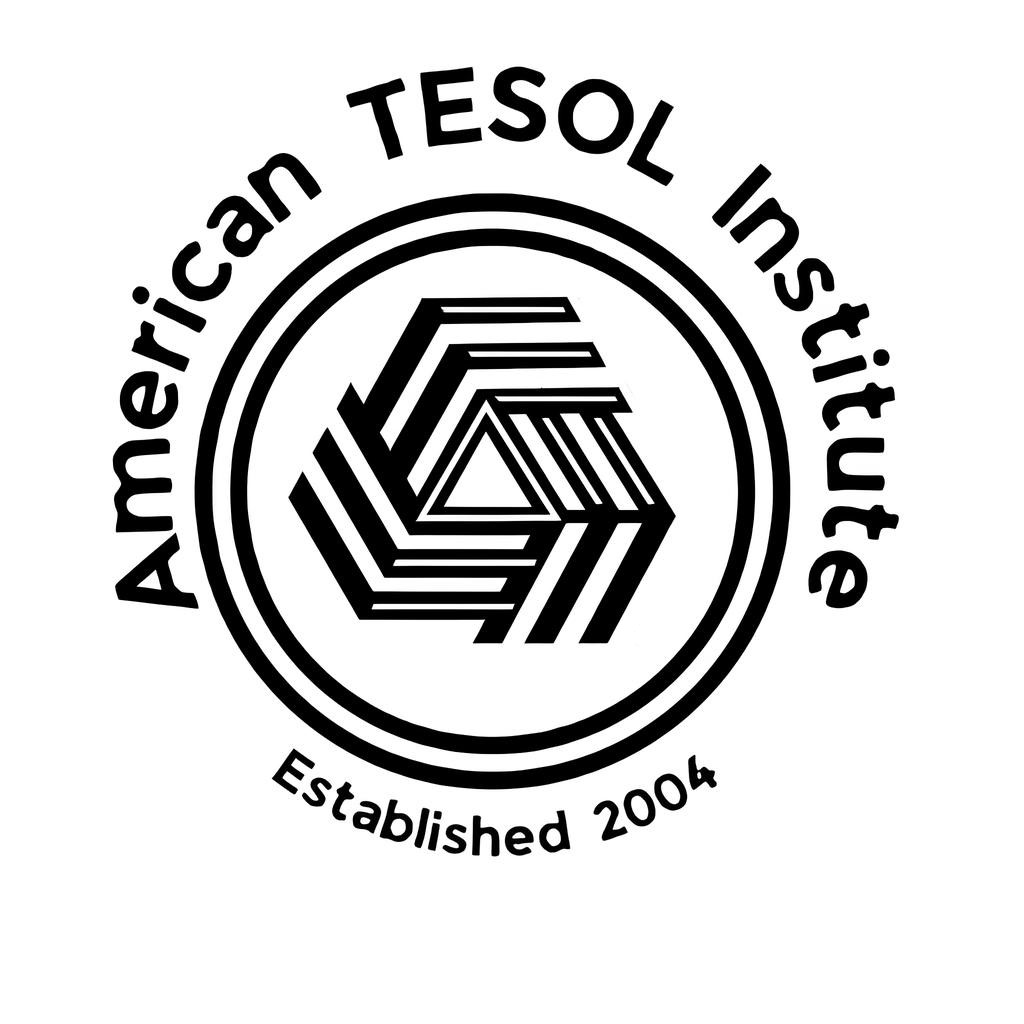When we teach English as a Second or Other Language (TESOL), we often focus on vocabulary, syntax, and pronunciation. Yet the power of words goes beyond grammar rules—especially when it comes to how organizations choose their names. In this article, we’ll explore how phrasing can subtly shape perception, moral alignment, and emotional response. Drawing on concepts of transparency and priming, we’ll see why a name like “The Anti-Candy Cavity Fighters” might capture immediate attention yet inadvertently center the negative, whereas “The Pro-Fruit Healthy Teeth Players” instills positivity and clarity.
1. Language as a Catalyst in TESOL
For TESOL educators, language isn’t just about communication—it’s also about influencing thoughts and attitudes. By introducing examples of organizational names that focus on what they want to end versus what they want to create, we can guide our students to think critically about how wording impacts psychology and social trends. This real-world lens adds depth to vocabulary lessons and conversation practice, helping learners see the role of words in shaping community values.
2. Why Transparency Matters
An organization’s name is often the first linguistic encounter a person has with its mission. Names that emphasize positive outcomes—e.g., “The Pro-Fruit Healthy Teeth Players”—make it clear what the group advocates. This transparency fosters trust and direction, inviting people to rally around a constructive vision rather than simply fighting an abstract enemy. In the TESOL classroom, discussing transparent vs. opaque wording can highlight how clarity of language fosters understanding, trust, and engagement, even across cultural barriers.
Classroom Connection
- Vocabulary Extension: Have students brainstorm words that convey positivity vs. negativity in names or mission statements.
- Role-Play: Ask learners to create mock organizations and design names that either focus on ending problems (“The Anti-Candy Cavity Fighters”) or promoting solutions (“The Pro-Fruit Healthy Teeth Players”). Discuss how these names might appeal to different audiences.
3. The Role of Priming in Language
Priming occurs when exposure to certain words or images influences subsequent thoughts and behaviors. A group named “The Pro-Fruit Healthy Teeth Players” effectively primes people to consider healthy, proactive habits, while “The Anti-Candy Cavity Fighters” may keep attention on the very treats people are trying to avoid.
Why It Matters in TESOL
- Critical Thinking: Students can analyze how the same idea can be reframed in a positive light, reinforcing solution-oriented mindsets.
- Cultural Nuances: This allows learners to see how word choices vary between languages and cultures—some societies may have a stronger inclination to frame ideas in a positive manner.
4. Negative vs. Positive Names: A Linguistic Look
How Negative Names Can Alienate—or Attract—Certain Demographics
“The Anti-Candy Cavity Fighters” may mobilize people who are already committed to cutting back on sugar. Such rallying cries tap into immediate emotional responses—worry, frustration, or fear of poor health. However, negativity can repel individuals who want to align with optimistic, forward-looking solutions. Within a TESOL setting, students can explore how focusing on the negative (candy, cavities) vs. the positive (fruit, health) changes emotional tone and audience reception.
Balancing Emotion and Clarity
- Negative Names
- Pros: Quickly mobilize those with a shared grievance or urgency to end a harmful issue.
- Cons: Risk reinforcing the negative concept; might appear vague or combative without clear constructive goals.
- Positive Names
- Pros: Prime members to envision and work toward a hopeful future; fosters an inclusive, solution-based mindset.
- Cons: Could be dismissed as naive if lacking actionable steps or real-world context.
Classroom Connection
Encourage ESL students to compare headlines, titles, or slogans that use negative phrasing (Fight, Anti-, Stop) vs. positive phrasing (Pro, Start, Grow). Have them discuss or write about how these different linguistic approaches might affect recruitment, fundraising, and overall public reception.
5. The Importance of Transparency in Recruiting Members
For TESOL educators, showing how language shapes organizational goals provides a broader lesson in linguistic impact. An organization’s name that highlights what it stands for, rather than what it stands against, communicates a more transparent, inclusive, and engaging mission. This clarity in language extends to classroom teaching: educators can underscore the idea that language choices matter not only in grammar but also in social influence and public discourse.
6. Applying These Concepts in the ESL Classroom
- Vocabulary Workshops
- Assign students to list synonyms for words like “candy” or “sweets” and then synonyms for “fruit” or “health.” Discuss how word choice can reflect or reshape attitudes.
- Reading & Analysis
- Provide newspaper headlines or NGO mission statements. Students identify if the language is positive or negative and predict how different audiences might react.
- Debate Sessions
- Split the class into two groups—one naming their organization with a negative phrase, the other with a positive phrase—and have them “pitch” their missions to the class. Discuss which approach feels more transparent and appealing.
7. Conclusion: Words That Build Bridges
Organizations like “The Anti-Sweet Cavity Fighters” highlight an important health concern but may—often unintentionally—convey a negative focus that can overshadow the ultimate goal. Meanwhile, a name such as “The Pro-Fruit Healthy Teeth Players” offers a transparent, vision-oriented perspective, priming supporters to engage in proactive solutions. For TESOL teachers, all these examples serve as rich teaching tools—revealing how language choices influence everything from immediate impressions to broader cultural shifts. By encouraging students to analyze and apply these insights, we equip them with valuable critical-thinking and communication skills that extend well beyond the English classroom.



